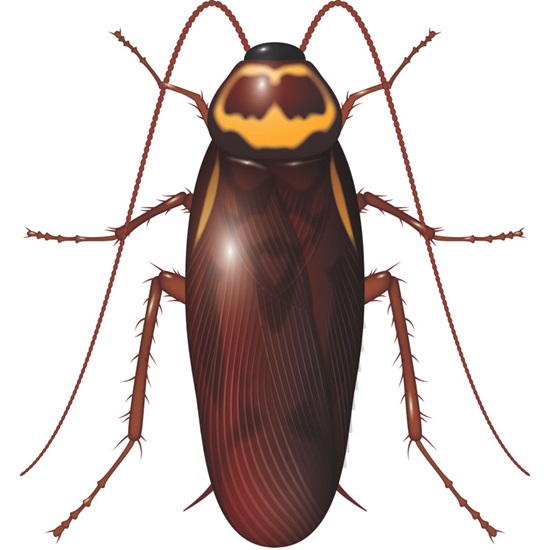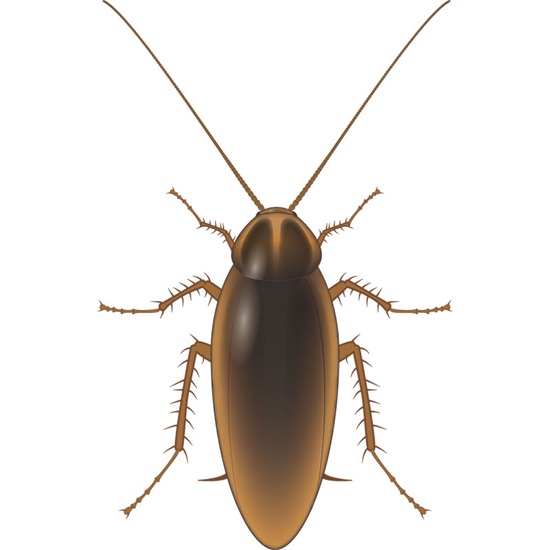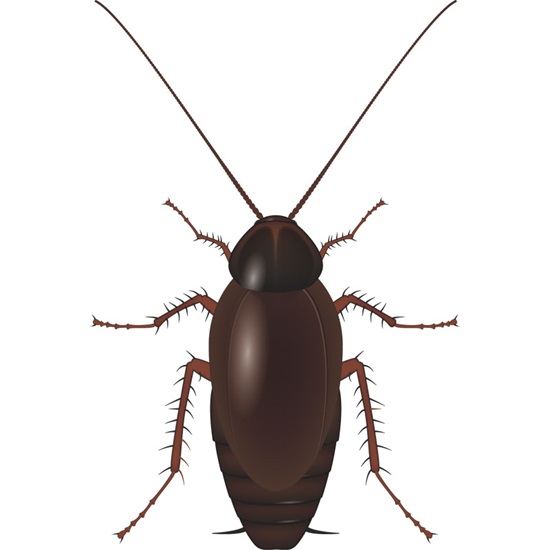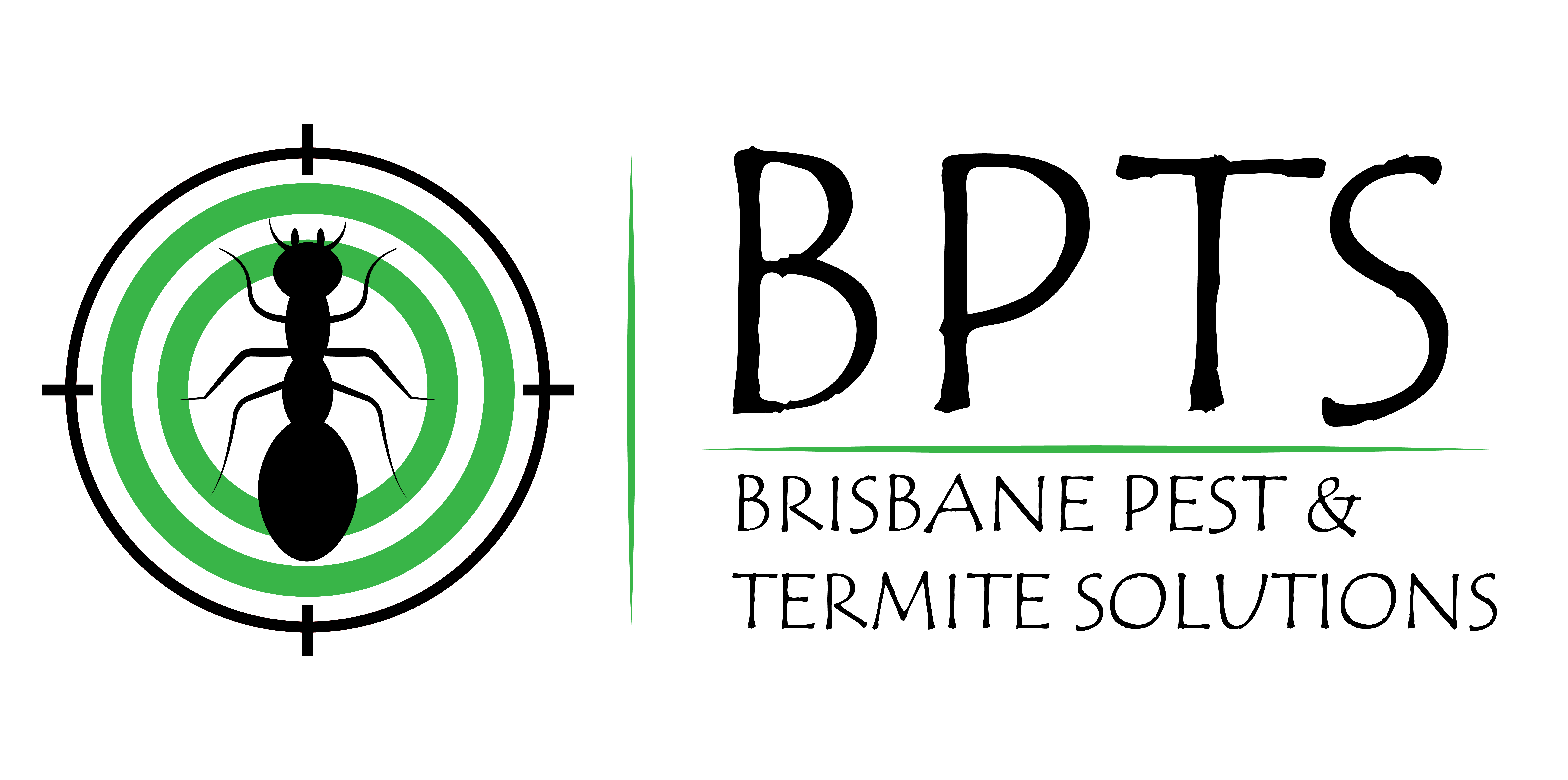Cockroach Control
Australian Cockroach

The Australian cockroach (Periplaneta australasiae) is a common species of tropical cockroach, with a length of 23–35 millimetres. It is brown overall, with the tegmina having a conspicuous lateral pale stripe or margin, and the pronotum (head shield) with a sharply contrasting pale or yellow margin.It is very similar in appearance to the American cockroach and may be easily mistaken for it. It is however, slightly smaller than the American cockroach, has a yellow margin on the thorax and yellow streaks at its sides near the wing base.
German Cockroach

Classification
Species category: Cockroach
Scientific name: Blattella germanica
Family: Blatellidae
German Cockroach Description
A smaller species of cockroach, it typically measures 13-16mm in length when it reaches adulthood. It is identified by two distinct dark brown strips running down the outside edge of the pronotum. This species is a light tan brown to dark brown colour. Originating from tropical Africa, the German cockroach now has a world-wide distribution.
It prefers a warm, humid, dark and well hidden environment and is found more often in sewers. It is typically also found in drains, ducts, in other underground structures, and in boats.
As it feeds on a large variety of foodstuffs, it is also commonly discovered wherever food is stored and prepared. Although the main harbourages are outdoors, this cockroach will forage into the inhabited parts of buildings along ducts, services and crevices.
German Cockroach Behaviour
It moves with speed and equally well on both horizontal and vertical surfaces. Typically, it is faster than other cockroach species.
They tend to more successfully inhabit buildings over other species. There are a number of factors which contribute to this. A shorter life cycle, coupled with an ability to constantly reproduce, accelerates population growth. German cockroaches are also faster and smaller than other species making detection even harder.
Risks associated with German Cockroaches
In the course of their foraging activity, the nymphs, larvae and adults can contaminate and infect foodstuffs. They secrete an odorous discharge from their body which also taints and contaminates food.
Like other cockroach species, the German Cockroach transmits bacteria as they walk, transferring pathogens such as salmonella and e.coli to every area they scurry across.
Cockroaches also shed cuticles, faeces and other cockroach debris which are known asthma and allergy triggers.
Oriental Cockroach

Classification
Species category: Cockroach
Scientific name: Blatta orientalis
Family: Blatidae
Description
This large cockroach species typically reaches 26-32mm in length during adulthood. It has a shiny deep red – to brownish-black colouring. Males and females look different because of their wing appearance, which is larger on the males.
Originating from North Africa, the Oriental cockroach is now found throughout the world but less so in Europe.
It prefers humid, dark and concealed harbourages, such as cellars, ducting and other underground parts of buildings. Deceptively, the harbourage may be located outside an infested area, being reached by the cockroach through under-floor cavities, ducting or drains.
It is most commonly found around the ground-floor of buildings, although sometimes it can be discovered on higher levels.
It is known for its love of water and in a building, can be located in sewers, drains, basements, cellars, under sinks, baths or washing machines.
Behaviour
Like the German cockroach, the main period of activity is early in the evening but unlike this species it is not a similarly accomplished climber, which means it is more commonly located at ground level.
The female lays her eggs in capsules called ootheca, the life cycle can be lengthy with the nymph stage lasting from 6-12 months.
This species will feed on any type of decaying organic matter, including garbage, carrying the bacteria with them on every surface that they traverse.
Risks
In the course of their foraging activity, the nymphs, larvae and adults can contaminate and infect foodstuffs. They secrete an odorous discharge from their body which also taints and contaminates food.
Like other cockroach species, the Oriental Cockroaches transmit bacteria as they walk, transferring pathogens such as salmonella and e.coli to every area they scurry across.
Cockroaches also shed cuticles, faeces and other cockroach debris which are known asthma and allergy triggers.
